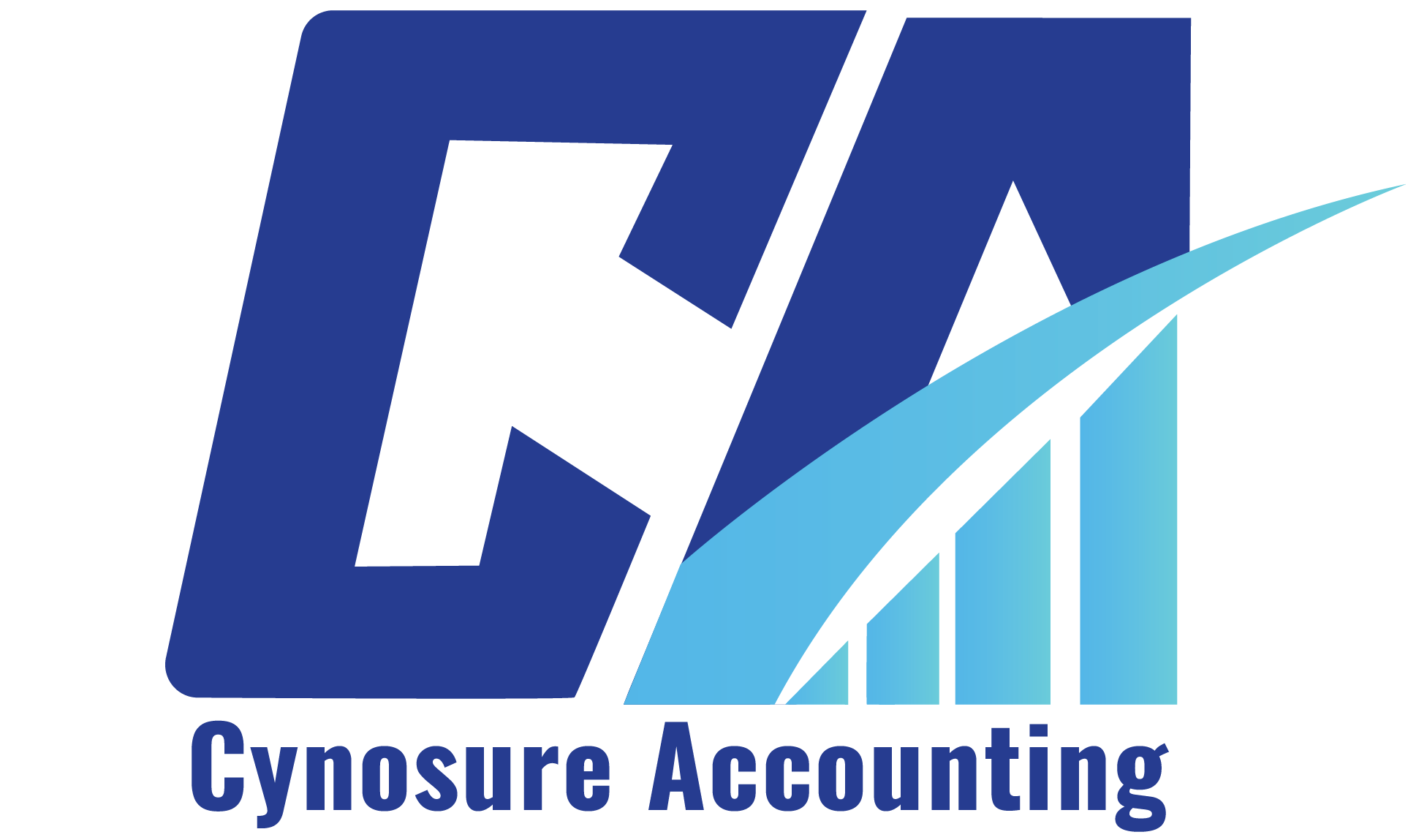In today’s fast-paced e-commerce world, managing multiple platforms can be overwhelming. Whether you’re running an online store on Shopify, WooCommerce, or selling on Amazon, keeping track of inventory, payments, and expenses is crucial. QuickBooks e-commerce integration offers a solution to simplify these tasks, saving you time and improving accuracy.
This guide will walk you through the steps to connect QuickBooks with Shopify, WooCommerce, and Amazon, ensuring your business runs smoothly and efficiently.
Why QuickBooks E-commerce Integration is Essential
E-commerce businesses face unique challenges, such as managing inventory across multiple platforms, tracking sales, and handling taxes. QuickBooks ecommerce integration helps you:
- Automate data entry: Reduce manual errors and save time.
- Streamline inventory management: Keep track of stock levels in real-time.
- Simplify bookkeeping: Sync sales, expenses, and payments automatically.
- Improve accuracy: Ensure your financial records are up-to-date and error-free.
By integrating QuickBooks with your e-commerce platforms, you can focus on growing your business instead of getting bogged down by administrative tasks.
How to Connect QuickBooks with Shopify
Shopify is one of the most popular e-commerce platforms, and integrating it with QuickBooks can significantly improve your workflow. Here’s how to do it:
Step 1: Choose a QuickBooks Ecommerce Integration Tool
Several third-party apps, such as QuickBooks Online and Shopify’s App Store, offer seamless integration. Popular options include A2X and Webgility.
Step 2: Connect Your Shopify Store to QuickBooks
- Log in to your Shopify admin panel.
- Navigate to the Apps section and search for your chosen integration tool.
- Install the app and follow the prompts to connect it to your QuickBooks account.
Step 3: Sync Your Data
Once connected, the app will automatically sync your Shopify sales, expenses, and inventory data with QuickBooks. This ensures your financial records are always accurate and up-to-date.
How to Connect QuickBooks with WooCommerce
WooCommerce, a WordPress-based e-commerce platform, is another popular choice for online retailers. Integrating it with QuickBooks can help you manage your online store more effectively.
Step 1: Install a WooCommerce QuickBooks Integration Plugin
Plugins like WP QuickBooks Sync or MyWorks Sync are designed to connect WooCommerce with QuickBooks.
Step 2: Configure the Plugin
- Install the plugin from the WordPress dashboard.
- Enter your QuickBooks credentials to establish a connection.
- Map your WooCommerce data fields (e.g., products, orders, and customers) to QuickBooks.
Step 3: Automate Your Workflow
Once configured, the plugin will automatically sync your WooCommerce sales, inventory, and customer data with QuickBooks. This eliminates the need for manual data entry and reduces errors.
How to Connect QuickBooks with Amazon
Selling on Amazon can be highly profitable, but managing your finances and inventory can be challenging. QuickBooks e-commerce integration simplifies this process.
Step 1: Use an Amazon-QuickBooks Integration App
Apps like SellerCloud or TaxJar can help you connect your Amazon seller account with QuickBooks.
Step 2: Link Your Amazon Account to QuickBooks
- Log in to your Amazon Seller Central account.
- Navigate to the Integrations section and select your chosen app.
- Follow the instructions to connect your Amazon account to QuickBooks.
Step 3: Sync Your Sales and Inventory Data
The app will automatically import your Amazon sales, fees, and inventory data into QuickBooks. This ensures your financial records are accurate and up-to-date.
Benefits of QuickBooks E-commerce Integration
Integrating QuickBooks with your e-commerce platforms offers numerous benefits:
- Improved efficiency: Automate repetitive tasks like data entry and inventory updates.
- Better inventory management: Track stock levels across multiple platforms in real-time.
- Accurate financial reporting: Sync sales, expenses, and payments for precise bookkeeping.
- Simplified tax compliance: Automatically calculate taxes and generate reports for audits.
Tips for Successful QuickBooks E-commerce Integration
- Choose the Right Tool: Select an integration app that supports all your e-commerce platforms.
- Regularly Review Synced Data: Ensure your data is accurate and up-to-date.
- Train Your Team: Make sure your team understands how to use the integrated system.
- Monitor Performance: Track key metrics like sales, expenses, and inventory levels to identify areas for improvement.
Common Challenges and Solutions
Challenge 1: Data Discrepancies
Sometimes, synced data may not match between platforms. To resolve this, double-check your integration settings and ensure all fields are mapped correctly.
Challenge 2: Platform-Specific Fees
E-commerce platforms like Amazon and Shopify charge fees that may not sync automatically. Manually review and categorize these fees in QuickBooks.
Challenge 3: Inventory Sync Issues
If inventory levels don’t sync correctly, check your integration app’s settings and ensure it supports real-time updates.
QuickBooks e-commerce integration is a game-changer for online retailers. By connecting QuickBooks with Shopify, WooCommerce, and Amazon, you can streamline your operations, improve accuracy, and save time. Whether you’re a small business owner or a large online retailer, this integration can help you stay organized and focused on growing your business.
Start integrating QuickBooks with your e-commerce platforms today and experience the benefits of seamless automation and improved efficiency.

